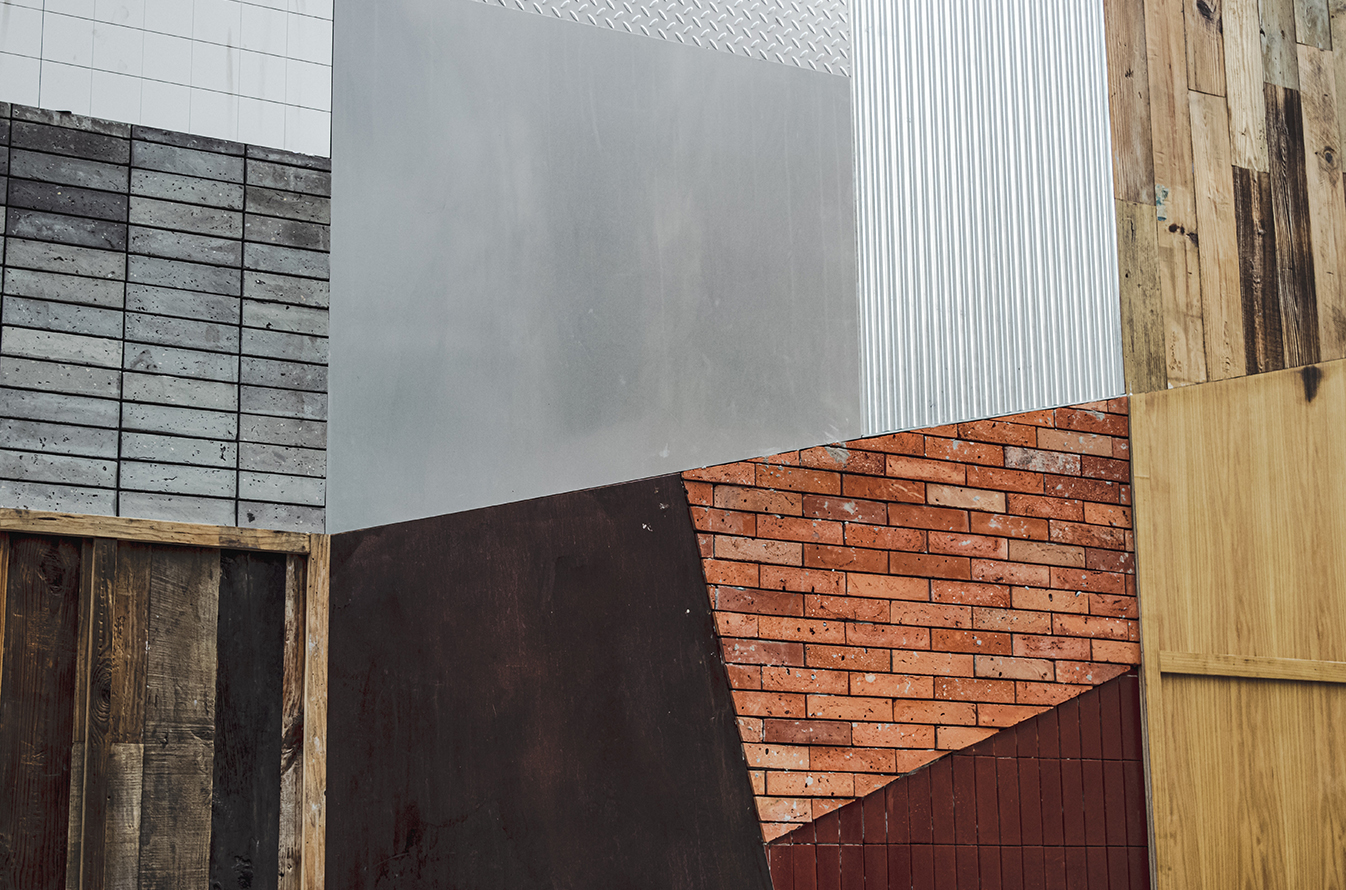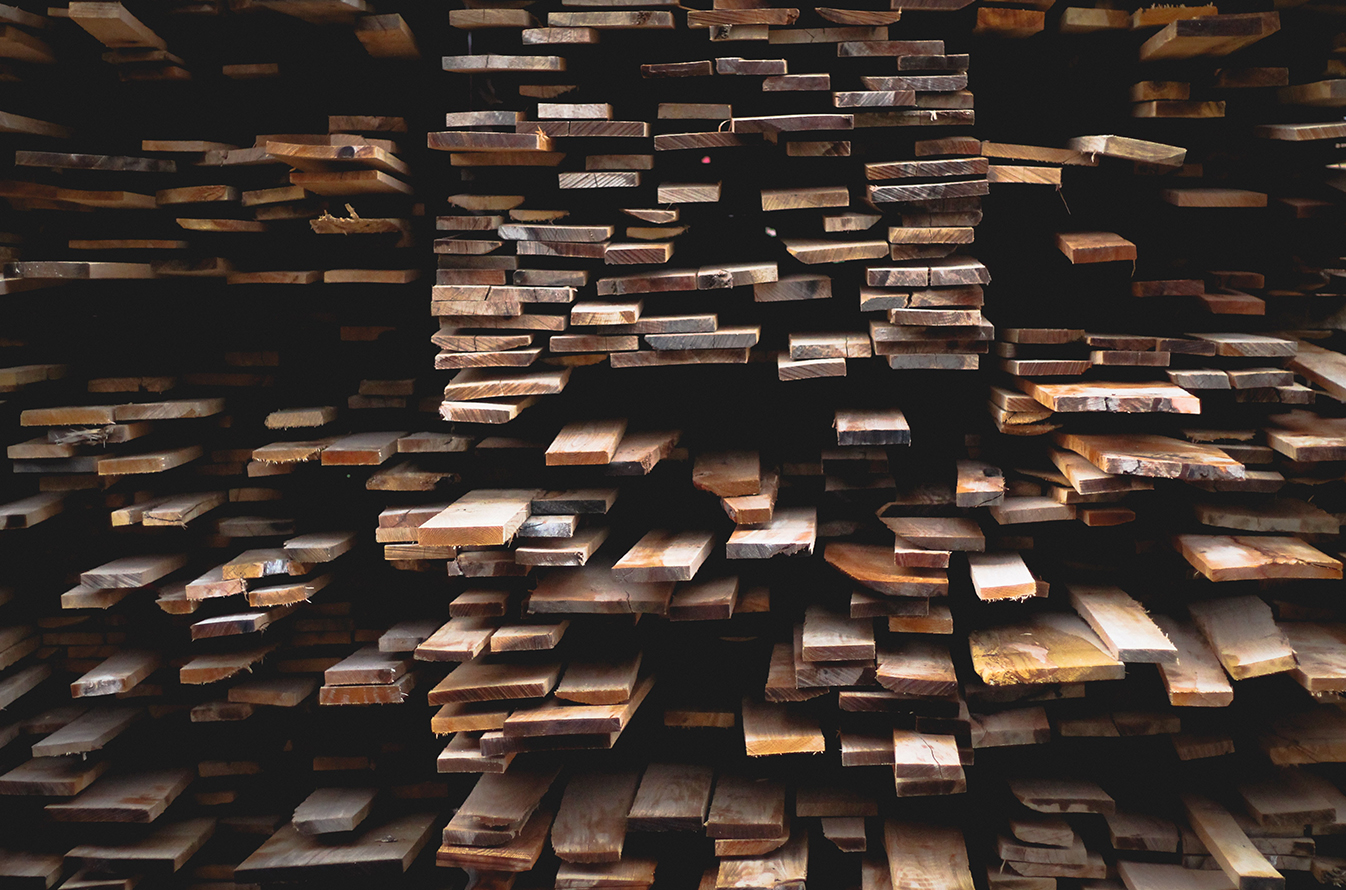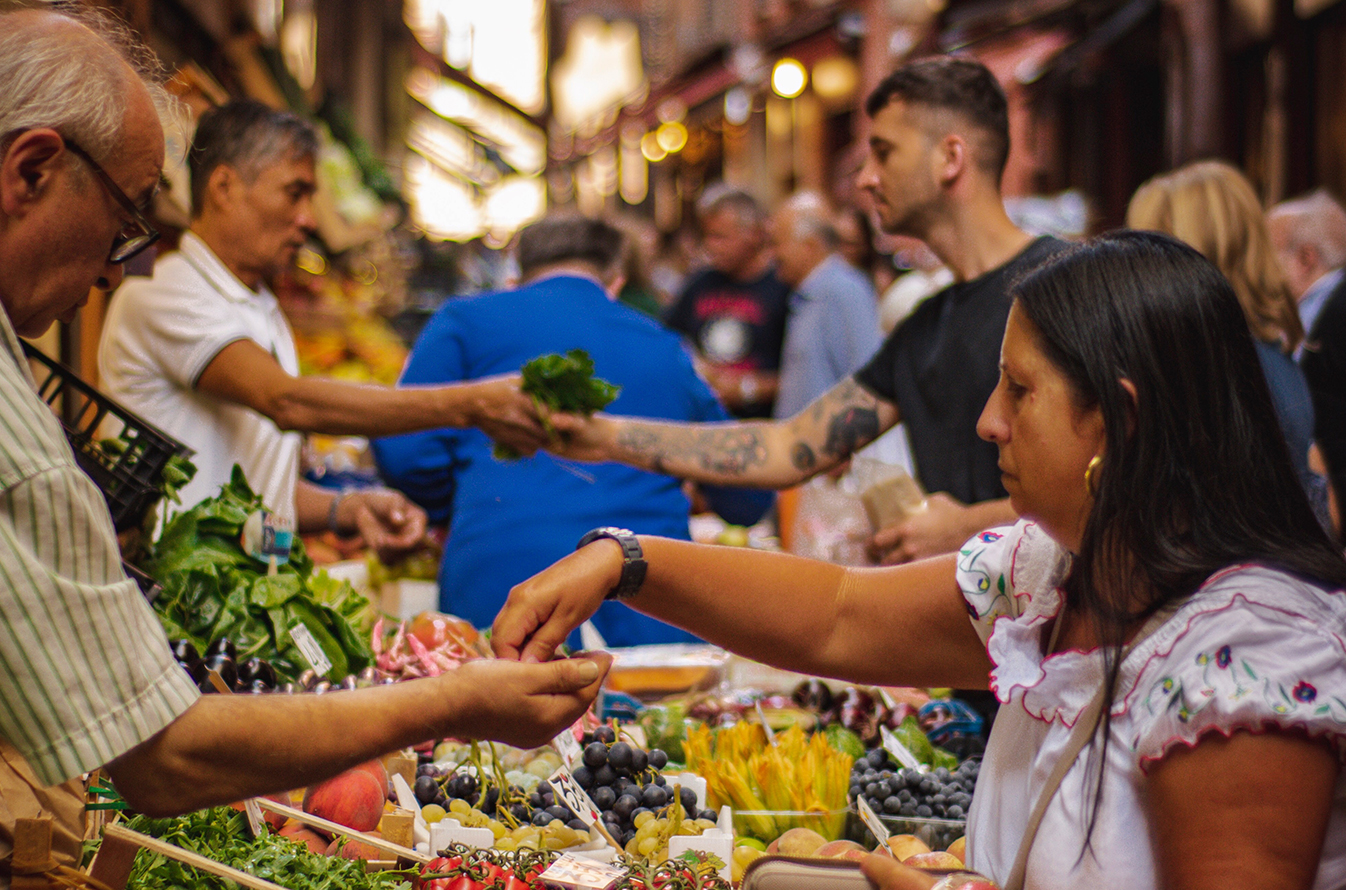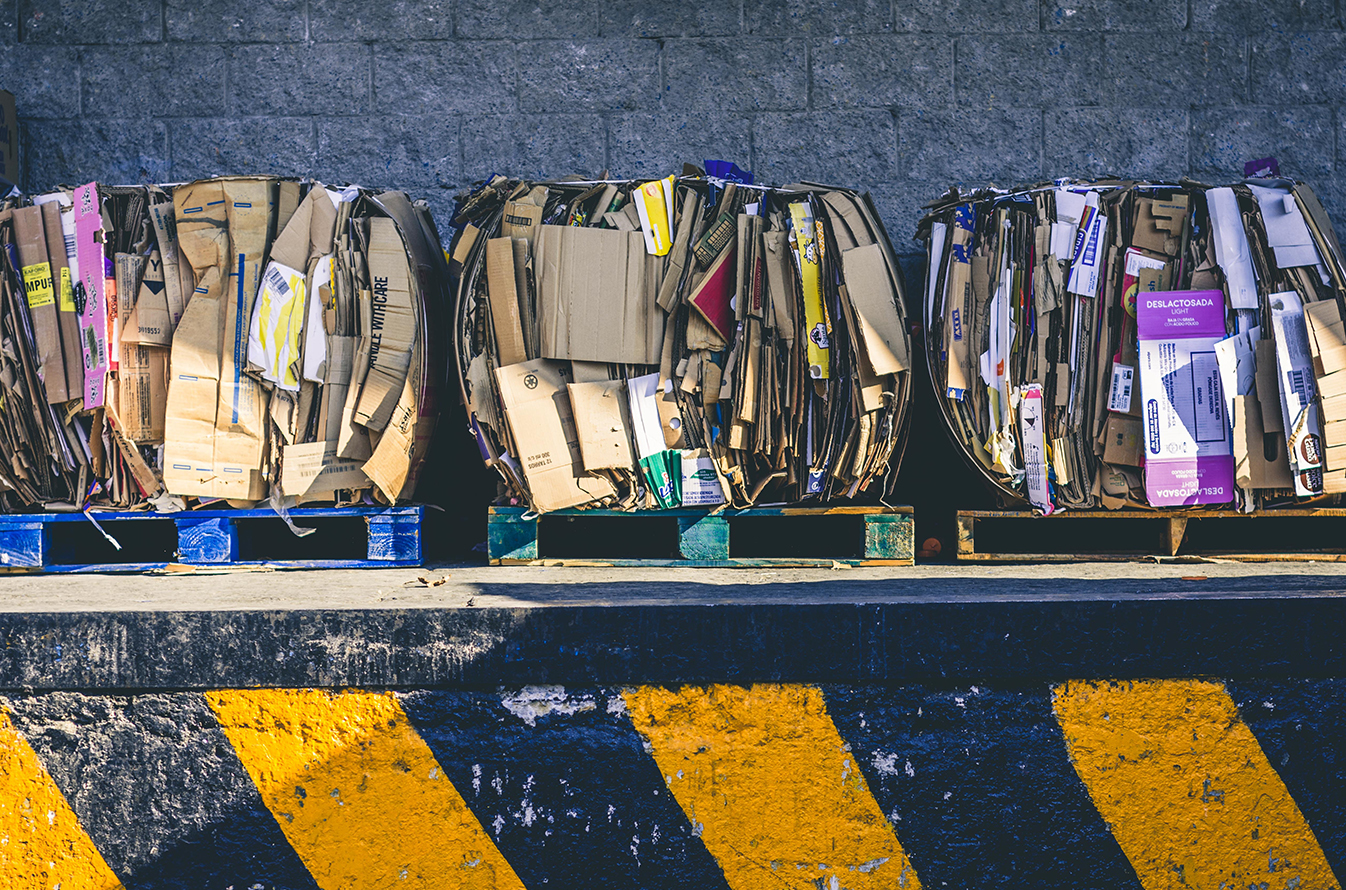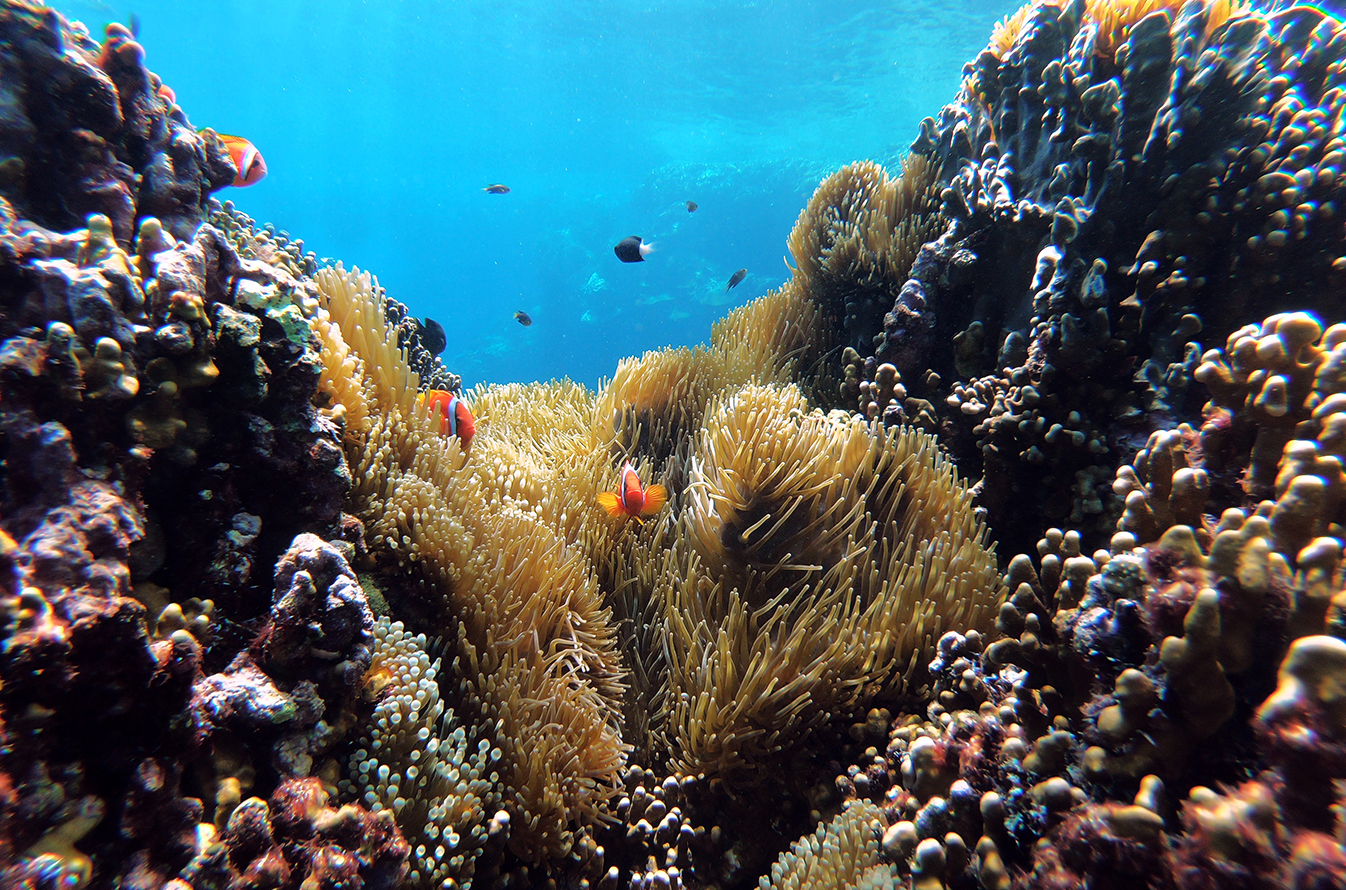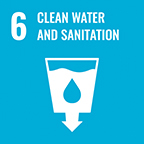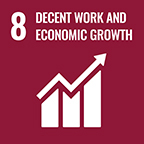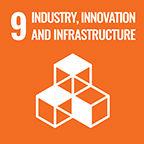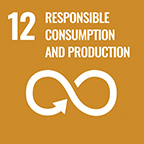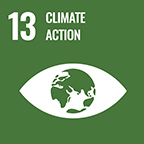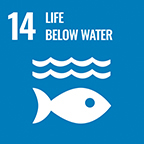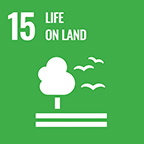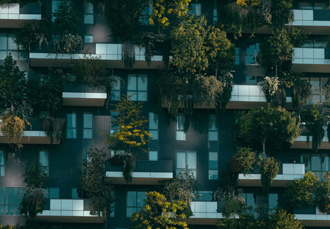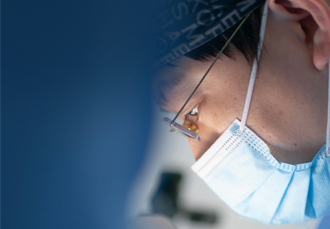CIRCULAR BUSINESS MODELS BECOME THE NORM, CREATING ECONOMIC, ENVIRONMENTAL AND SOCIAL OPPORTUNITIES
- Governments work with businesses and other stakeholders to develop regulatory structures that maximize long-term value by encouraging recycled and renewable materials.
- Companies innovate and scale new technologies and business models, creating substantial new markets that spring from and enhance the circular economy.
- Investment enables developing countries to embed sustainable production and consumption at the heart of their economies.
- The emergence of a more circular and service-based economy creates a wide range of jobs globally across industrial sectors.
- A thriving circular economy provides workers and businesses with greater opportunities to transition from the informal to the formal economy.
